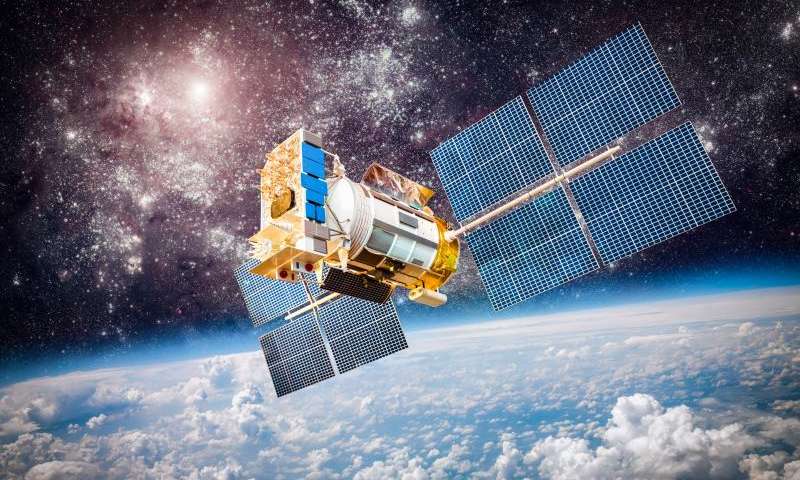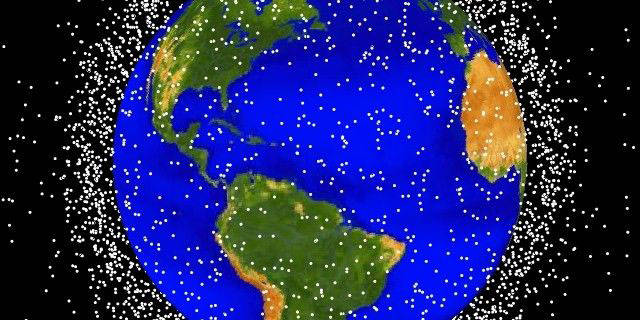How space debris can affect technology here on Earth
Hundreds of thousands of pieces of space junk are tracked as they orbit the Earth.
More than 500,000 debris remains are tracked as they orbit the Earth at speeds up to 17,500 mph, a speed fast enough for a small piece to damage a satellite or spacecraft. The growing amount of space debris increases the danger of all space vehicles, more specifically the International Space Station, space shuttles, and other spacecraft with humans aboard.

It’s required that a satellite de-orbit and burn within 25 years of launching. A primary way to ensure this is to use a natural process called atmosphere drag, which is a result of recurrent collisions of gas molecules with a satellite. Atmospheric drag causes a decrease in the altitude of a satellite’s orbit, causing it to re-enter Earth’s orbit or burn up entirely.
Satellites are beneficial to technology and research on Earth, but having a growing number of dead ones floating around in space would only contribute to the growing space pollution issue.
Additionally, satellites can get in the way of other functional satellites in orbit. The most catastrophic collision occurred in 2009 between an Iridium communications satellite and a Russian Cosmos 2251 satellite at 7.2 miles per second over northern Siberia. That occurrence and a Chinese anti-satellite test in 2007 created two-thirds of all trackable debris.
Another aspect that has an influence on Earth’s technological systems is space’s weather effect on satellites, which is responsible for ground-based radio communications, as well as GPS.
If the sun changes based on a solar flare, this could ultimately cause radio waves to stop bouncing, and we could witness a radio blackout. At the same time, GPS used on our smartphones for navigations and in military and aerospace processes could also be significantly affected. Instead of a GPS being a meter off, it has the potential to be tens or hundreds of meters off.
Currently, there is no way for scientists to predict a major solar event that could affect Earth and technology. Space agencies have shifted from trying to keep debris numbers down to active removal.

In 2018, the Swiss École polytechnique fédérale de Lausanne plans to capture a CubeSat with a satellite called CleanSpace One, which will use a large net to capture the 4-inch square object. If the mission deems satisfactory, the CleanSpace One will reenter the atmosphere and burn itself up.
Another suggested plan by the U.S. Defense Advanced Research Projects Agency (DARPA) proposed that a craft called Phoenix would use a net to capture satellites. The idea would then include retrieving any reusable hardware.
But active removal is a complicated process. Aside from having to identify, locate, and approach each piece of junk, space treaties require permission from the original owner before anyone can do anything to it. But by spreading awareness, this could prevent any life-threatening events from happening in space.
Learn more about Electronic Products Magazine